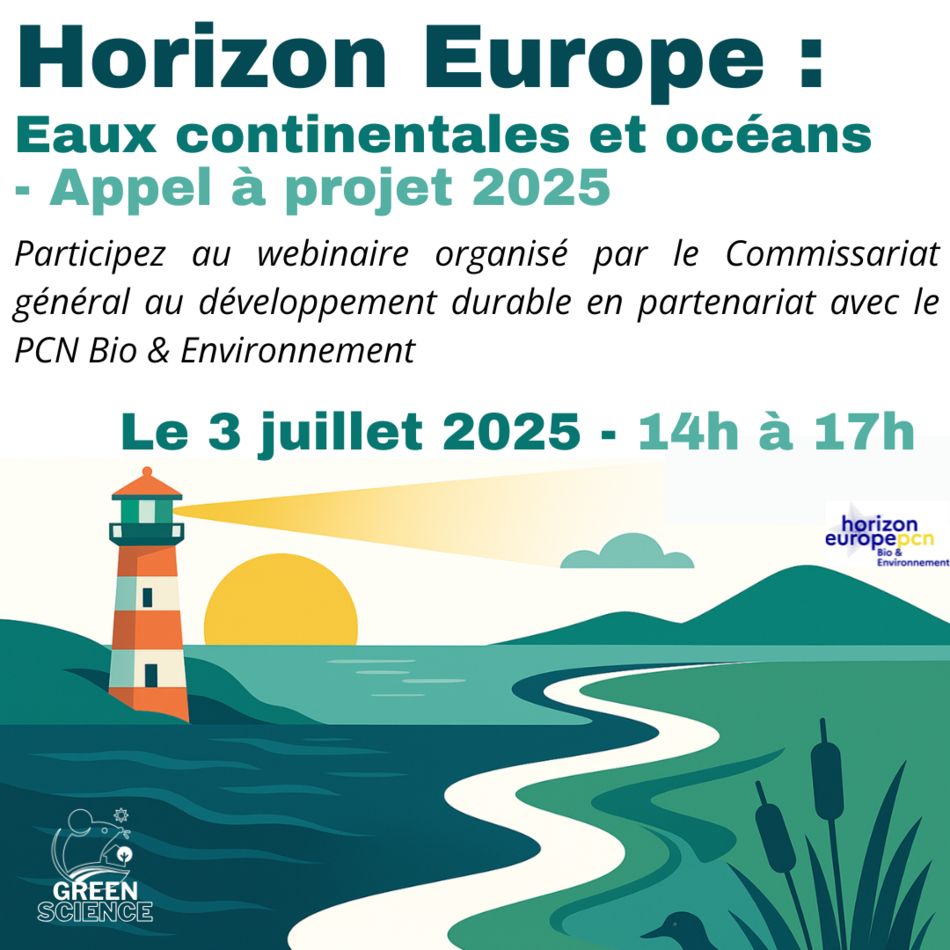ExpectedOutcome:
Project results are expected to contribute to all of the following expected outcomes:
- Enhanced quality and enhanced efficiency of the current services to respond respectively to policy and/or user requirements and to technological developments
- Significant improvement in resolution, detection capabilities, timely access to data and delivery of information according to the requirements of emergency and security applications
- Significant improvement in integration of non-space data along end-user intelligence supply chains, bringing added value at operational level (e.g. local and regional monitoring networks or field campaigns)
- Development of processing chain(s) to handle an increasing volume of satellite data, keeping underlying technology up-to-date and include new paradigms in data fusion, processing and automation to match users increasing expectations in added-value, easiness of access and visualisation.
Scope:
The R&I, which needs to be addressed to tackle the above expected outcomes will investigate new and innovative methods and technologies to enhance the current services performance. Specifically timeliness access to data, the need to reduce the gap between user needs and service provision, new paradigms in data fusion, automation and inclusion of wider sets of complementary, non-EO data to demonstrate the viability of extending services to a broader range of users (relevant authorities from European to local levels) and to better monitor security and emergency threats at regional or local level.
Upstream in the space segment, emerging EO missions in the coming decade will provide new types of space data (being new Sentinels or other contributing missions), which also require new algorithms and processing chains to be developed. Both the development of advanced processing and modelling techniques will be targeted and the exploitation of new sources of data, to create new products or significantly improve the quality and performances of existing elements-components for the benefit of users.
On data fusion, vast amounts of EO-data are now being available for applications in the security and disaster domains. Identification of complementary data sets, development and testing of new and innovative ways (if applicable also in the context of social innovation) to efficiently integrate them in emergency and security applications will be used to generate added-value and new intelligence. Non-EO data could include in-situ observations and measurements, meteorological data, data from aerial platforms, social media or crowd-sourcing, as well as information generated from other sources and other Copernicus services. Whenever appropriate, the project should take advantage from Copernicus and EGNSS synergy.
Proposers are advised to exploit all possible synergies with other security specific actions funded under the work programme of Cluster 3 “Civil security for society”.
Proposals are expected to provide tangible results (new or improved products or service elements) for the Copernicus service within the period 2021-2027. The proposed research and development should be modular and scalable. The activities of the project should also contribute to the objectives set by the Group on Earth Observation and outcomes and relevant results of the project should be promoted also at international level through the Global Earth Observation System of Systems (GEOSS). In addition, the project could contribute to the objectives set by the DestinE initiative.
The project should provide a proof-of-concept (e.g. system element targeting TRL 5-6) at least demonstrating the feasibility of the integration in the existing core service.
Additionally, the transfer of research results to possible operations should receive active attention during the course of the project to strengthen the readiness for an operational deployment in the future. Appropriate interaction with the relevant Entrusted Entity of the Copernicus services, the conditions for making available, for re-using and exploiting the results (including IPR) by the said entities must be addressed during the project implementation. Software should be open licensed.
Applicants are advised to consult information on the Copernicus programme in general at https://www.copernicus.eu/en and further details on the topic in the Guidance document[1]
.
In this topic the integration of the gender dimension (sex and gender analysis) in research and innovation content is not a mandatory requirement.
Specific Topic Conditions:
Activities are expected to achieve TRL5-6 by the end of the project – see General Annex B.
[1]Published on the EU funding and tenders portal (https://ec.europa.eu/info/funding-tenders/opportunities/portal)





